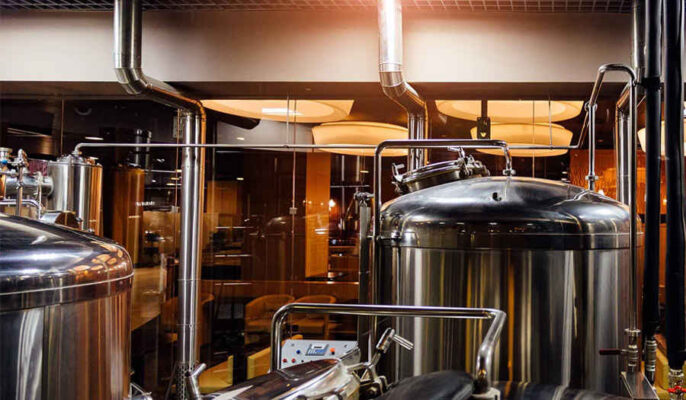Every successful business starts by calculating actual profit margins. Thus, it is very important to ask the fact “How much does a brewery make?” Breweries must significant operating expenses and upfront investments, such as equipment and initial materials. A brewery can be profitable with proper planning, a good team, and a solid financial foundation. Retail stores that allow sales by the cup are the best option. The fierce competition in today’s market makes the prospects for microbreweries slim.
How long does it take for a microbrewery to become profitable?
The focus in the early years was on building a growing, stable foundation. Early private investment and bridge loans are normal. Although cash flow should be stable, paper losses are normal. Your cash flow should always remain stable. If not, we recommend working with an experienced brewery accountant to avoid a lack of cash ruining your entire idea. The profit target is about 3 years. It would be great if it could happen sooner. If it comes to fruition later, that would be great too.

What is the profitability of a brewery?
The first year of operating costs will be high, but critical to the success of the brewery. Start-up costs for a brewery include top-of-the-line equipment, brewing space, and licenses.
Also to these initial costs, it’s also important to consider monthly expenses for the first year of operation. Consider your financing requirements for the first year of your business.
An emergency fund can help your brewery run until it’s profitable. Liquid assets in the form of personal loans, savings or investments are needed to pay employee salaries or any unforeseen expenses.
- Startup – $500,000 – $1,500,000
- Equipment – $500,000-$1,000,000
- Permit/License – $500-$3,000
- Emergency Fund – $20,000 – $500,000
Breweries need a lot of cash up front, and they have to reinvest the money year after year to keep up with growth and demand, so brewery owners rarely get to keep those funds from high profits. This means that 20% of profits are reinvested back into the business rather than being distributed to the owners as personal income.
How to improve brewery profit margins?
Retailing beer is a great way to recoup some of your profits because retail allows for flexible and relaxed price markups. In the early days, it was possible to self-distribute as much beer as possible to local bars, restaurants, and retail stores because it would be more profitable.
But, at some point in the growth cycle, there will be a need to find and partner with local distributors to expand market presence. When this happens, your sales will go up, but so will your costs because distributors are not cheap. While your profit margins will decrease, your profit margins will continue to increase.

How much does it cost to run a brewery?
Running a brewery involves certain recurring expenses, including:
- Raw materials: You have to buy raw materials for your brewery and they constitute the largest cost
- Packaging: Packaging is the second largest expense, accounting for 10% of sales
- Rent: You must pay rent for the commercial space used for brewing
- Employee wages: You must pay wages to your employees
- Insurance: You will need mandatory general liability insurance and other types of policies
- Marketing: You need to invest in marketing and advertising to gain visibility and build trust
Will the beer industry be profitable in 2023?
The beer industry will remain profitable. When you’re wondering how much money a brewery can make, it’s wise to ask “How long will this last?” But the good news is that breweries seem to be lucky. 2023 is shaping up to be a great year for breweries, with average margins on alcoholic beverages at 45%, not declining. Margin trends for breweries remain positive. Looking ahead, the future of the beer market is bright for those investing in beer companies.
A brewery is a necessity for any liquor retailer (restaurant or liquor store). They also meet ongoing and ever-changing consumer demands. Carbon-neutral beer meets the demand and trend for friendly products. Nanobreweries and microbreweries fit in with the trend of investing in small independent businesses.




